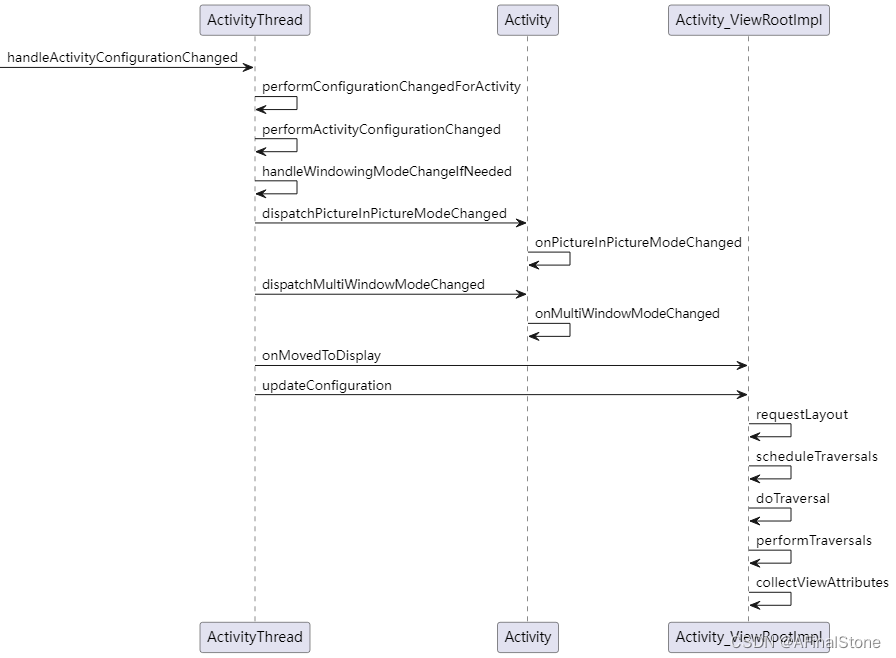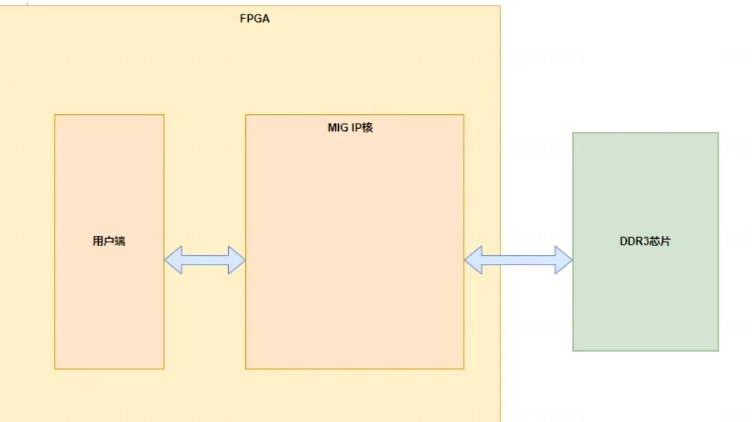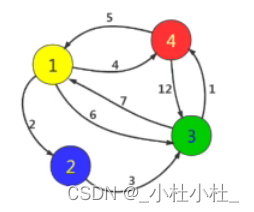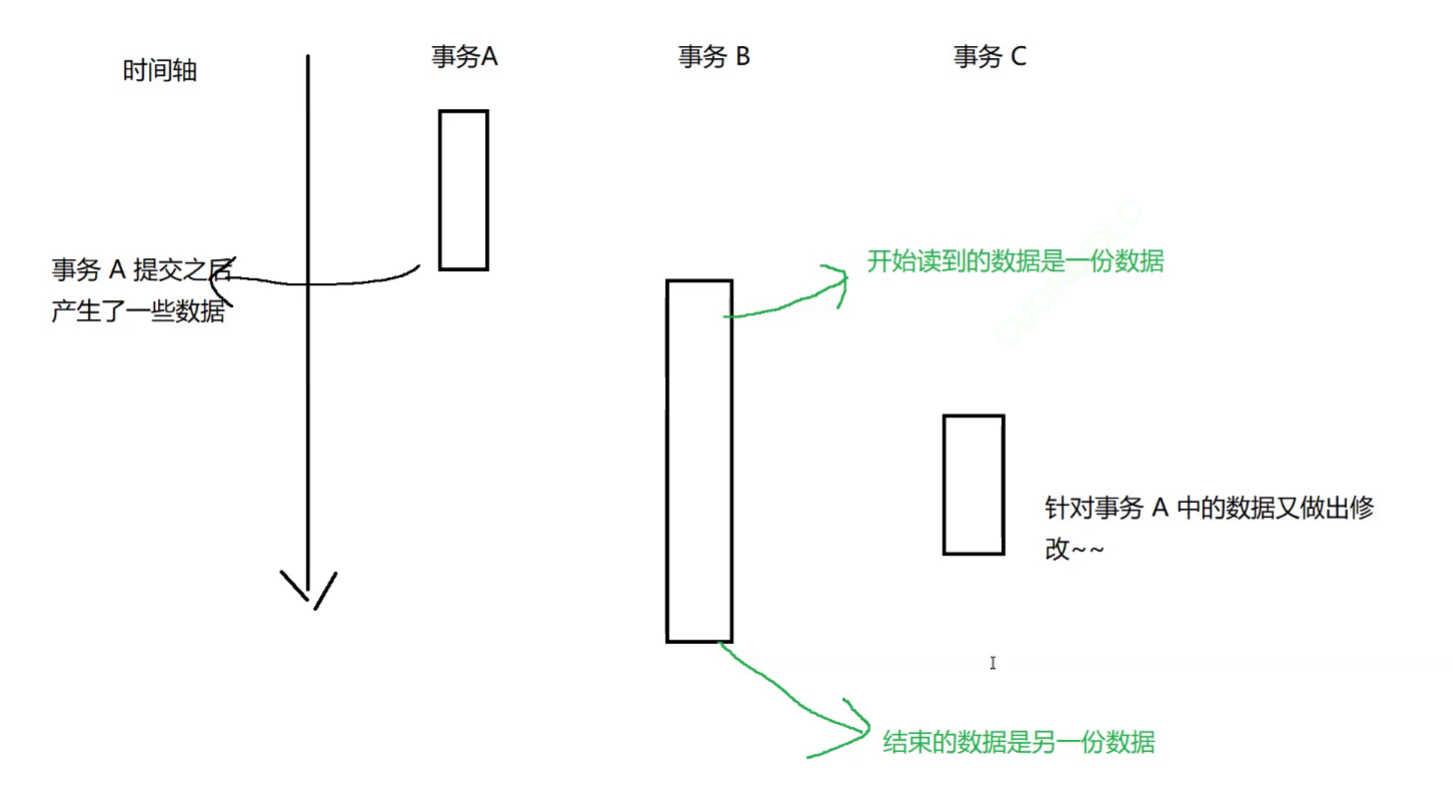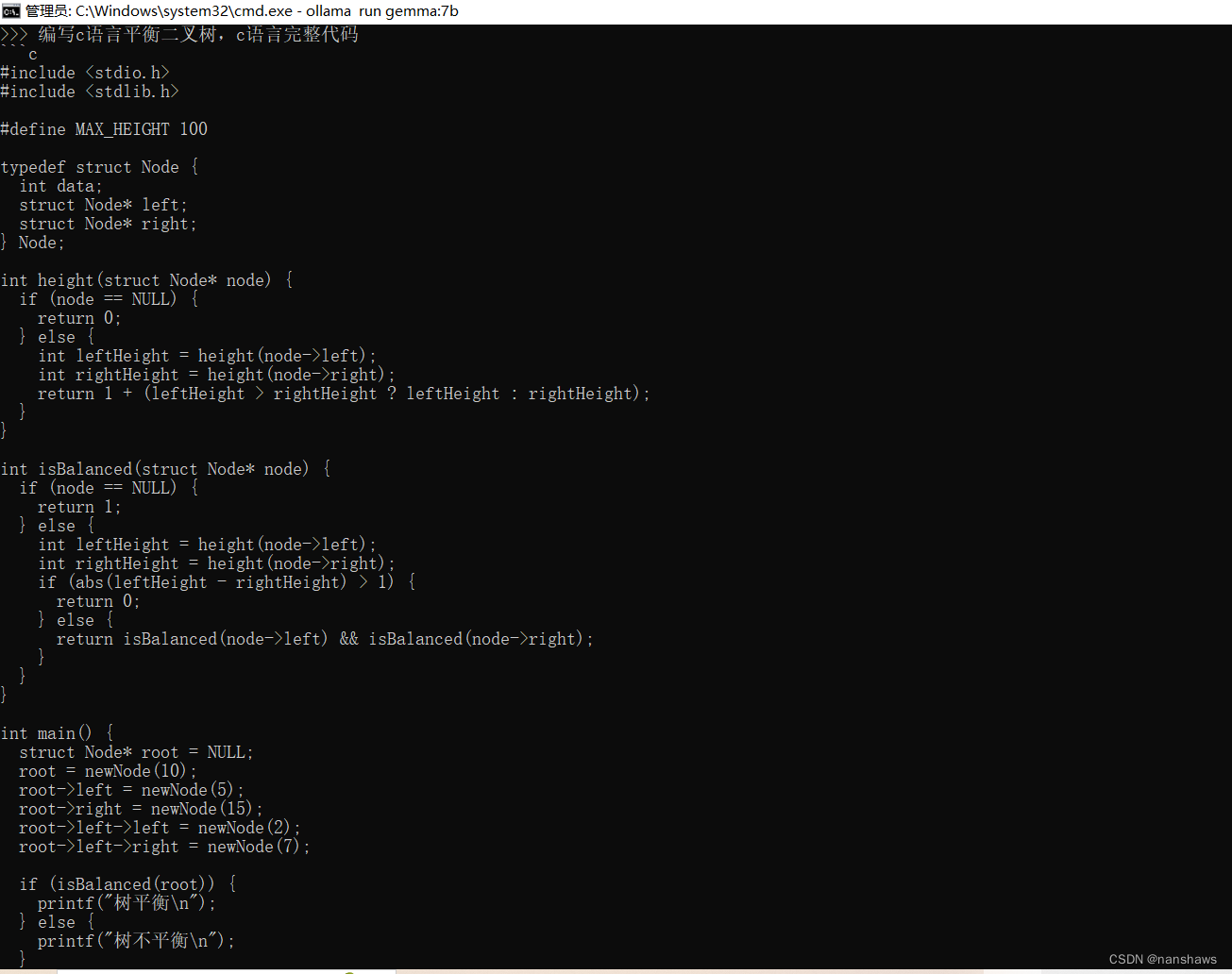前言
从 Android 7.0 开始,Google 推出了一个名为“多窗口模式”的新功能,允许在设备屏幕上同时显示多个应用,多窗口模式允许多个应用同时共享同一屏幕,多窗口模式(Multi Window Supports)目前支持以下三种配置:
-
分屏模式:让系统可以左右或上下并排显示应用。
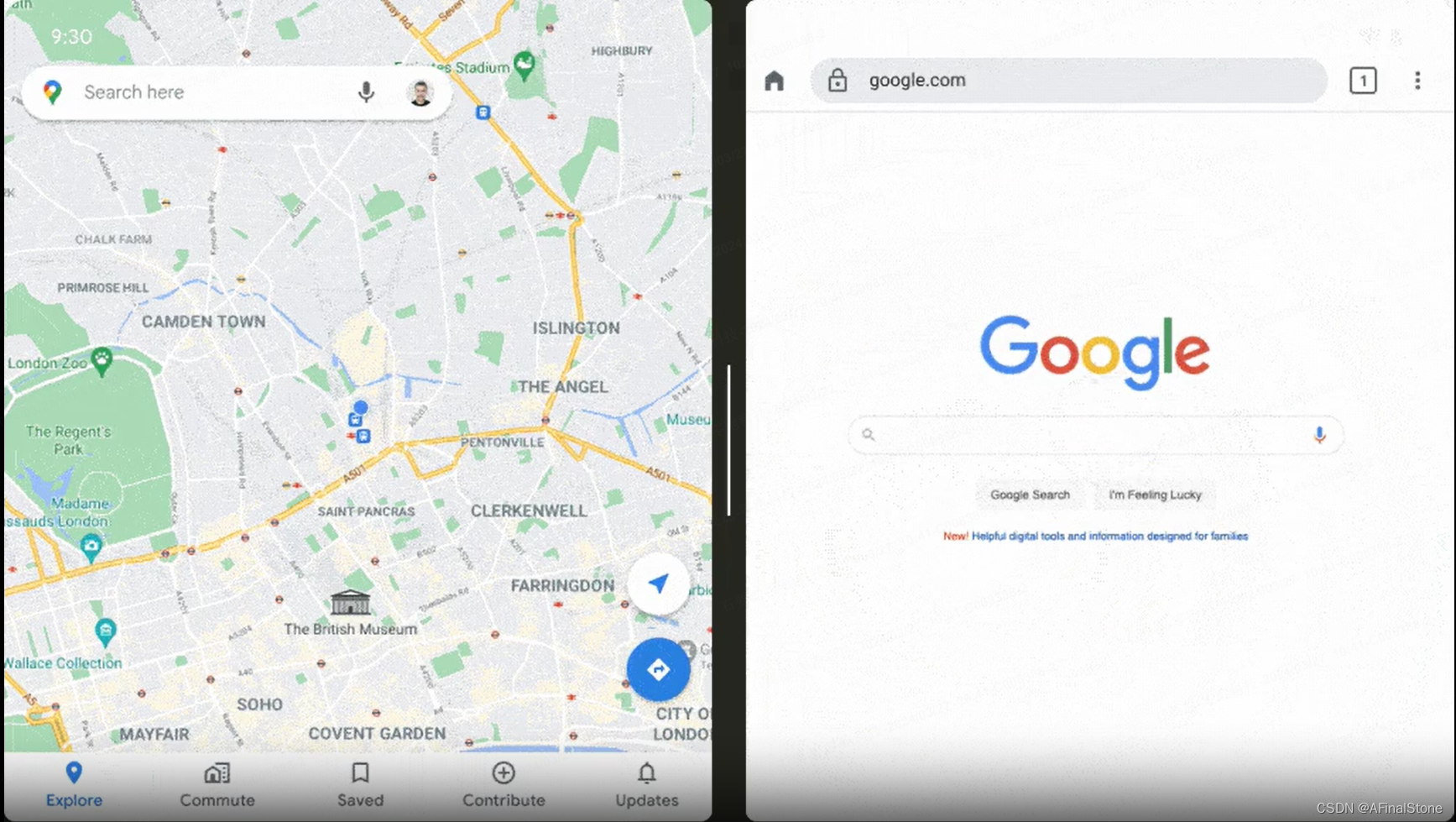
-
画中画模式:在应用中用小窗口叠加显示其他应用
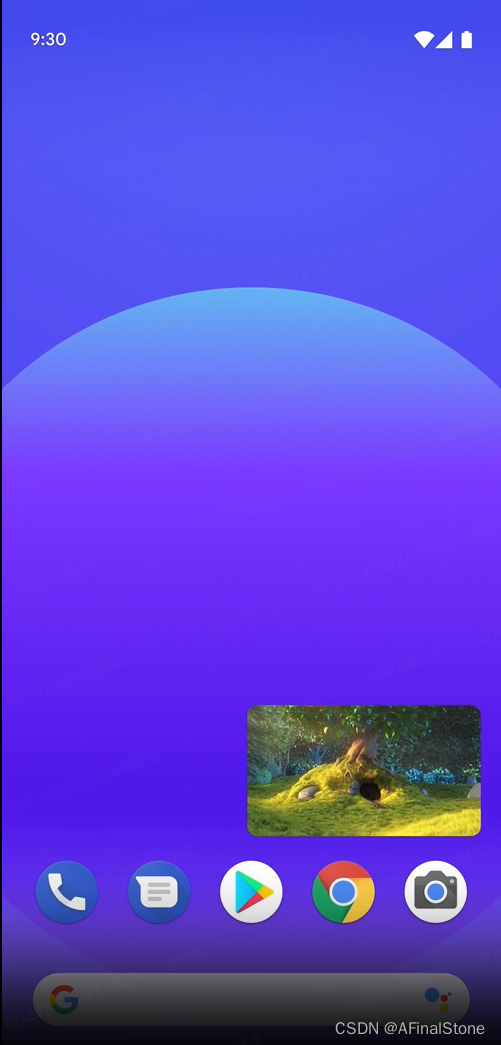
-
自由窗口模式:在可移动且可调整大小的单独窗口中显示各个应用。
一、分屏模式的适配
1、我们如何才能让自己的 APP 支持分屏模式呢?
若项目的targetSDKVersion 大于等于24,那么可以在AndroidManifest.xml 文件的Application 或Activity 节点通过设置android:resizeableActivity=[“true” | “false”] 来控制整个 APP 或某个 Activity 是否支持分屏。该属性的默认值是true ,也就是说,如果不设置该属性,在支持分屏的设备上,默认是可以分屏的。
若项目的targetSDKVersion 小于24,那么运行在支持分屏的设备上,默认可以分屏。这时如果需要禁止分屏,需要在AndroidManifest.xml 文件的Application 或Activity 节点设置android:screenOrientation 属性来控制整个 APP 或 某个 Activity 的屏幕方向,从而控制整个 APP 或某个 Activity 禁止分屏。
2、分屏模式的监听
能不能在代码中监听 APP 是否进入分屏模式呢?答案是能。由于 APP 在分屏模式发生改变时会执行onMultiWindowModeChanged 方法,因此我们在 Activity 中重写这个方法就可以实现分屏的监听了。
@Override
public void onMultiWindowModeChanged(boolean isInMultiWindowMode) {
super.onMultiWindowModeChanged(isInMultiWindowMode);
// 判断当前是否为分屏模式
if (isInMultiWindowMode) {
// 已进入分屏模式
} else {
// 未进入分屏模式
}
}
3、分屏模式下的生命周期
- 进入分屏模式时,Activity 的生命周期:
onPause()- onStop()- onMultiWindowModeChanged()- onDestroy()- onCreate()- onStart()- onResume()- onPause()
- 退出分屏模式时,Activity 的生命周期:
onStop()- onDestroy()- onCreate()- onStart()- onResume()- onPause()- onMultiWindowModeChanged()- onResume()
可以看出,在进入分屏模式时,Activity 先执行onMultiWindowModeChanged 方法,再重建自己。在退出分屏模式时,Activity 先重建自己,再执行onMultiWindowModeChanged 方法。这样会有一个问题,我们的 APP 进入分屏模式时,在onMultiWindowModeChanged 方法中如果有对 UI 等的操作,经过之后的自动重建就没有效果了。为了防止这种情况,需要在AndroidManifest.xml 的Activity 节点设置以下属性:
android:configChanges=“screenSize|smallestScreenSize|screenLayout|orientation”
设置了这个属性,在进入分屏模式时,Activity 就不会自动重建了。
- 分屏模式下打开 Activity
如果 APP 在分屏模式下打开 Activity 时,为 Intent 设置了Intent.FLAG_ACTIVITY_LAUNCH_ADJACENT 和Intent.FLAG_ACTIVITY_NEW_TASK 标志,那么新打开的 Activity 将显示在当前 APP 的另一侧。例如下面的代码:
Intent intent = new Intent(this, NewActivity.class);
intent.setFlags(Intent.FLAG_ACTIVITY_LAUNCH_ADJACENT|Intent.FLAG_ACTIVITY_NEW_TASK);
startActivity(intent);
二、多窗口模式在Activity和ActivityThread类中的主要调用回溯
1、结合前面的分析,可以发现onMultiWindowModeChanged是一个很重要的方法,让我们来看下这个方法是什么时候被系统调用的。
base/core/java/android/app/Activity.java
public class Activity extends ContextThemeWrapper
implements LayoutInflater.Factory2,
Window.Callback, KeyEvent.Callback,
OnCreateContextMenuListener, ComponentCallbacks2,
Window.OnWindowDismissedCallback,
AutofillManager.AutofillClient, ContentCaptureManager.ContentCaptureClient {
private Window mWindow;//Activity对应的Window
final FragmentController mFragments = FragmentController.createController(new HostCallbacks());
private boolean mIsInMultiWindowMode;//当前是否处于多窗口模式
@Deprecated
public void onMultiWindowModeChanged(boolean isInMultiWindowMode) {
}
public void onMultiWindowModeChanged(boolean isInMultiWindowMode, Configuration newConfig) {
onMultiWindowModeChanged(isInMultiWindowMode);
}
final void dispatchMultiWindowModeChanged(boolean isInMultiWindowMode,
Configuration newConfig) {
if (DEBUG_LIFECYCLE) Slog.v(TAG,
"dispatchMultiWindowModeChanged " + this + ": " + isInMultiWindowMode
+ " " + newConfig);
mFragments.dispatchMultiWindowModeChanged(isInMultiWindowMode, newConfig);
if (mWindow != null) {
mWindow.onMultiWindowModeChanged();
}
mIsInMultiWindowMode = isInMultiWindowMode;
onMultiWindowModeChanged(isInMultiWindowMode, newConfig);
}
}
onMultiWindowModeChanged方法在Activity中被初次调用,是在dispatchMultiWindowModeChanged方法中。
2、而Activity的dispatchMultiWindowModeChanged方法初次被调用,是在ActivityThread类中。
base/core/java/android/app/ActivityThread.java
public final class ActivityThread extends ClientTransactionHandler
implements ActivityThreadInternal {
private final Map<IBinder, Integer> mLastReportedWindowingMode = Collections.synchronizedMap(
new ArrayMap<>());
//启动Activity的核心方法
private Activity performLaunchActivity(ActivityClientRecord r, Intent customIntent) {
...代码省略...
Activity activity = null;
java.lang.ClassLoader cl = appContext.getClassLoader();
//通过反射创建Activity实例对象
activity = mInstrumentation.newActivity(
cl, component.getClassName(), r.intent);
...代码省略...
//创建activity对应的配置信息对象
Configuration config = new Configuration(mConfigurationController.getCompatConfiguration());
...代码省略...
//将窗口模式信息以activity的token为key,存放到Map缓存中
mLastReportedWindowingMode.put(activity.getActivityToken(),
config.windowConfiguration.getWindowingMode());
...代码省略...
}
//销毁Activity的核心方法
void performDestroyActivity(ActivityClientRecord r, boolean finishing,
int configChanges, boolean getNonConfigInstance, String reason) {
...代码省略...
//从map缓存中移除activity对应的窗口模式信息
mLastReportedWindowingMode.remove(r.activity.getActivityToken());
...代码省略...
}
/**
* 有必要的话将会调用窗口模式发生变化的回调方式
*/
private void handleWindowingModeChangeIfNeeded(Activity activity,
Configuration newConfiguration) {
final int newWindowingMode = newConfiguration.windowConfiguration.getWindowingMode();
final IBinder token = activity.getActivityToken();
final int oldWindowingMode = mLastReportedWindowingMode.getOrDefault(token,
WINDOWING_MODE_UNDEFINED);
//窗口模式没有发生变化、直接返回
if (oldWindowingMode == newWindowingMode) return;
// PiP callback is sent before the MW one.
if (newWindowingMode == WINDOWING_MODE_PINNED) {
//触发画中画模式变化回调方法
activity.dispatchPictureInPictureModeChanged(true, newConfiguration);
} else if (oldWindowingMode == WINDOWING_MODE_PINNED) {
//触发画中画模式变化回调方法
activity.dispatchPictureInPictureModeChanged(false, newConfiguration);
}
final boolean wasInMultiWindowMode = WindowConfiguration.inMultiWindowMode(
oldWindowingMode);
final boolean nowInMultiWindowMode = WindowConfiguration.inMultiWindowMode(
newWindowingMode);
if (wasInMultiWindowMode != nowInMultiWindowMode) {
//如果旧的窗口模式和新的窗口模式,二者有其一不是多窗口模式,触发多窗口模式变化回调方法
activity.dispatchMultiWindowModeChanged(nowInMultiWindowMode, newConfiguration);
}
//更新Map缓存中Activity对应的窗口模式信息
mLastReportedWindowingMode.put(token, newWindowingMode);
}
}
- ActivityThread在启动Activity的时候,会将activity对应的窗口模式信息缓存到集合中
- 在handleWindowingModeChangeIfNeeded方法被调用的时候,会回调activity对应的回调方法,并更新activity对应的集合中的窗口模式信息
- ActivityThread在销毁Activity的时候,会将activity对应的窗口模式信息从集合中移除
3、继续来看下在ActivityThread中handleWindowingModeChangeIfNeeded方法是如何被层层调用的。
public final class ActivityThread extends ClientTransactionHandler
implements ActivityThreadInternal {
private Configuration performActivityConfigurationChanged(Activity activity,
Configuration newConfig, Configuration amOverrideConfig, int displayId) {
//调用handleWindowingModeChangeIfNeeded
handleWindowingModeChangeIfNeeded(activity, newConfig);
...代码省略...
}
private Configuration performConfigurationChangedForActivity(ActivityClientRecord r,
Configuration newBaseConfig, int displayId) {
r.tmpConfig.setTo(newBaseConfig);
if (r.overrideConfig != null) {
r.tmpConfig.updateFrom(r.overrideConfig);
}
//调用performActivityConfigurationChanged方法
final Configuration reportedConfig = performActivityConfigurationChanged(r.activity,
r.tmpConfig, r.overrideConfig, displayId);
freeTextLayoutCachesIfNeeded(r.activity.mCurrentConfig.diff(r.tmpConfig));
return reportedConfig;
}
public void handleActivityConfigurationChanged(ActivityClientRecord r,
@NonNull Configuration overrideConfig, int displayId) {
...代码省略...
// Perform updates.
r.overrideConfig = overrideConfig;
final ViewRootImpl viewRoot = r.activity.mDecor != null
? r.activity.mDecor.getViewRootImpl() : null;
//调用performConfigurationChangedForActivity方法
final Configuration reportedConfig = performConfigurationChangedForActivity(r,
mConfigurationController.getCompatConfiguration(),
movedToDifferentDisplay ? displayId : r.activity.getDisplayId());
// Notify the ViewRootImpl instance about configuration changes. It may have initiated this
// update to make sure that resources are updated before updating itself.
if (viewRoot != null) {
if (movedToDifferentDisplay) {
viewRoot.onMovedToDisplay(displayId, reportedConfig);
}
//调用viewRootImpl的updateConfiguration方法,这里会触发Activity页面View内容的刷新变化
viewRoot.updateConfiguration(displayId);
}
mSomeActivitiesChanged = true;
}
}
4、结合前面的分析,这里对Activity和多窗口模式相关方法的调用顺序做个简单梳理。

简单总结一下,系统是在ActivityThread的handleWindowingModeChangeIfNeeded方法中触发Activity的dispatchMultiWindowModeChanged,而该方法进一步调用Activity的onMultiWindowModeChanged来告知应用开发人员,Activity的多窗口模式发生了变化。
三、多窗口模式在ViewRootImp类中的主要调用
1、重新来看下ActivityThread的handleActivityConfigurationChanged方法,这次我们主要关注和ViewRootImpl的关系。
public final class ActivityThread extends ClientTransactionHandler
implements ActivityThreadInternal {
public void handleActivityConfigurationChanged(ActivityClientRecord r,
@NonNull Configuration overrideConfig, int displayId) {
...代码省略...
// Perform updates.
r.overrideConfig = overrideConfig;
final ViewRootImpl viewRoot = r.activity.mDecor != null
? r.activity.mDecor.getViewRootImpl() : null;
//调用performConfigurationChangedForActivity方法,该方法最终会触发Activity的onMultiWindowModeChanged方法
final Configuration reportedConfig = performConfigurationChangedForActivity(r,
mConfigurationController.getCompatConfiguration(),
movedToDifferentDisplay ? displayId : r.activity.getDisplayId());
// Notify the ViewRootImpl instance about configuration changes. It may have initiated this
// update to make sure that resources are updated before updating itself.
if (viewRoot != null) {
if (movedToDifferentDisplay) {
viewRoot.onMovedToDisplay(displayId, reportedConfig);
}
//调用viewRootImpl的updateConfiguration方法,这里会触发Activity页面View内容的刷新变化
viewRoot.updateConfiguration(displayId);
}
mSomeActivitiesChanged = true;
}
}
在调用performConfigurationChangedForActivity方法,该方法触发Activity的onMultiWindowModeChanged方法之后,会分别调用Activity对应的ViewRootImpl的onMovedToDisplay方法和updateConfiguration方法。
2、来看下ViewRootImpl的onMovedToDisplay方法和updateConfiguration方法。
public final class ViewRootImpl implements ViewParent,
View.AttachInfo.Callbacks, ThreadedRenderer.DrawCallbacks,
AttachedSurfaceControl {
public void onMovedToDisplay(int displayId, Configuration config) {
if (mDisplay.getDisplayId() == displayId) {
return;
}
// Get new instance of display based on current display adjustments. It may be updated later
// if moving between the displays also involved a configuration change.
updateInternalDisplay(displayId, mView.getResources());
mImeFocusController.onMovedToDisplay();
mAttachInfo.mDisplayState = mDisplay.getState();
// Internal state updated, now notify the view hierarchy.
mView.dispatchMovedToDisplay(mDisplay, config);
}
public void updateConfiguration(int newDisplayId) {
if (mView == null) {
return;
}
// At this point the resources have been updated to
// have the most recent config, whatever that is. Use
// the one in them which may be newer.
final Resources localResources = mView.getResources();
final Configuration config = localResources.getConfiguration();
// Handle move to display.
if (newDisplayId != INVALID_DISPLAY) {
onMovedToDisplay(newDisplayId, config);
}
// Handle configuration change.
if (mForceNextConfigUpdate || mLastConfigurationFromResources.diff(config) != 0) {
// Update the display with new DisplayAdjustments.
updateInternalDisplay(mDisplay.getDisplayId(), localResources);
final int lastLayoutDirection = mLastConfigurationFromResources.getLayoutDirection();
final int currentLayoutDirection = config.getLayoutDirection();
mLastConfigurationFromResources.setTo(config);
if (lastLayoutDirection != currentLayoutDirection
&& mViewLayoutDirectionInitial == View.LAYOUT_DIRECTION_INHERIT) {
mView.setLayoutDirection(currentLayoutDirection);
}
mView.dispatchConfigurationChanged(config);
// We could have gotten this {@link Configuration} update after we called
// {@link #performTraversals} with an older {@link Configuration}. As a result, our
// window frame may be stale. We must ensure the next pass of {@link #performTraversals}
// catches this.
mForceNextWindowRelayout = true;
requestLayout();//调用requestLayout触发窗口属性和视图的刷新
}
updateForceDarkMode();
}
}
3、ViewRootImpl的updateConfiguration方法会继续调用requestLayout方法,该方法会触发Activity对应的窗口属性和视图的刷新。
